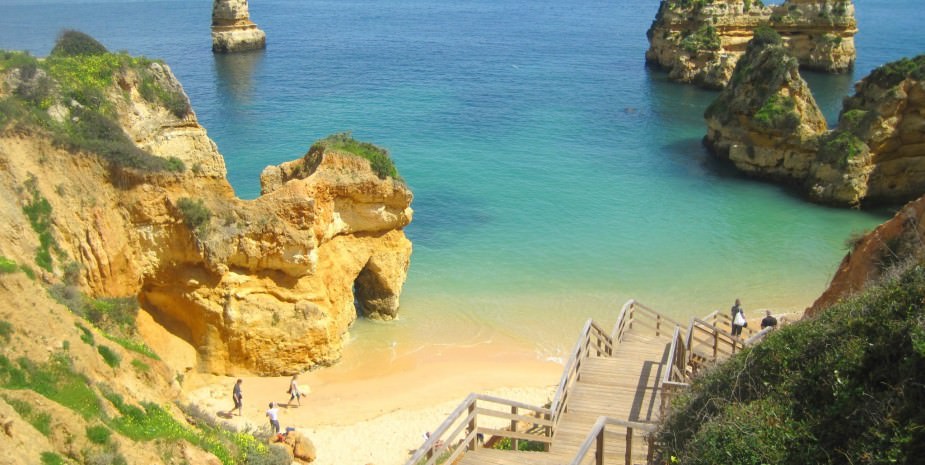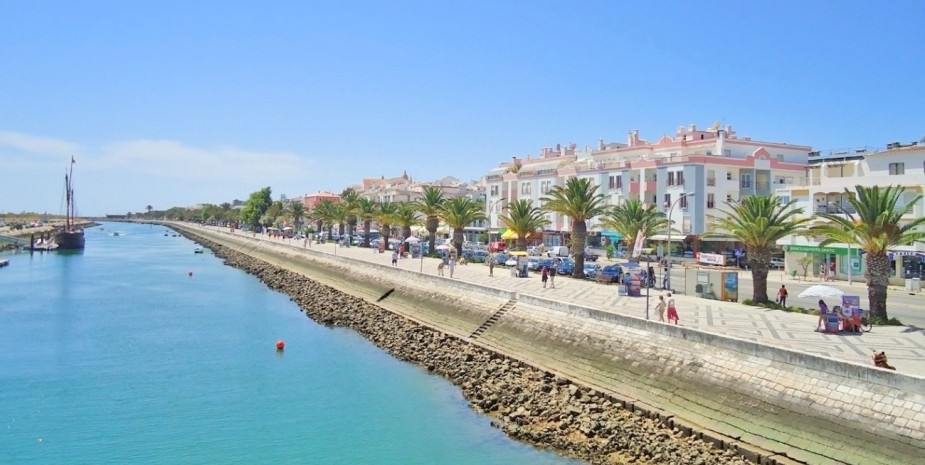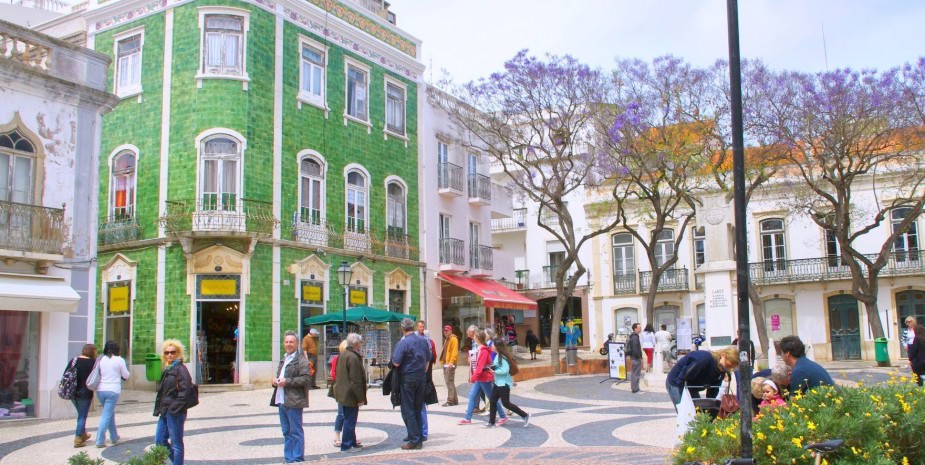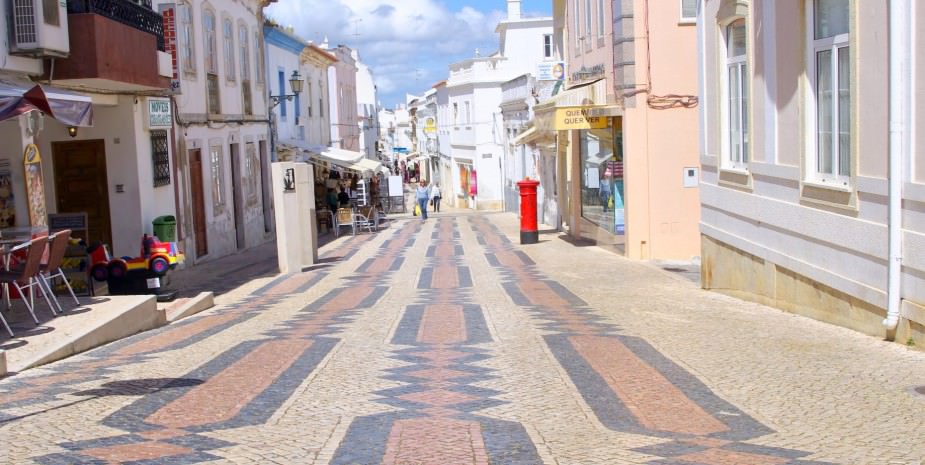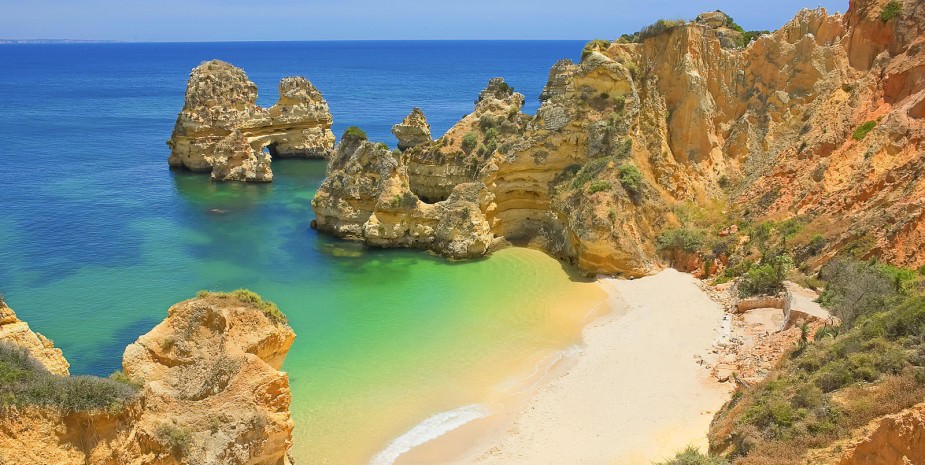Lagos is a city and a municipality in the Western Algarve, in Portugal. It has a total population of 27,041 inhabitants.
The majority of the population lives along the coastal line and works in tourism and services. The inland region is not so densely inhabited, and the majority of people there work in agriculture and forestry.
Lagos is located approximately 35 kilometers East of the most South-westerly point of Europe, the location of Sagres Point. To the North of Lagos is the road to the towns of Milfontes and Sines, that winds through the scenic, protected landscape of the Southwest Natural Park.
History
Lagos is an ancient maritime town with 2,000 years of History. It became very important during the XV century period of the Portuguese discoveries. Prince Henry the Navigator lived in Lagos, and the renowned expeditions to Morocco and to the Western coast of Africa were embarked on from there. Nigeria’s former capital, Lagos, was named after the Portuguese location.
The old Portuguese town was very beautiful and displayed many monuments, until most of it was destroyed by the earthquake and tsunami of 1755. However, Lagos still maintains some of the original city walls from the XVI century, as well as a fortress and an ancient slave market.
Culture
Lagos’ economy, like many coastal towns in Portugal, has always been closely linked to the sea, and fishing has been an important activity since very ancient times. Since 1960, the city has embraced tourism, which has become it’s most important economic activity. It has beautiful beaches (9 in total), a clean sea, a good climate, a beautiful scenic coastline, and a very historical heritage. It also has plenty of cultural and night-life entertainment venues. Many local traditions are celebrated, ranging from architecture to gastronomy and handicrafts.
In gastronomy, there are the local specialties: “Dom Rodrigos” and “Morgados” cakes made from local products, such as almonds, figs and eggs.
Lagos is also a wine producing region and is famous for it’s Moscatel wine (sweet wine aperitif), and also for the strong alcoholic spirit “Aguardente de medronho” (firewater), made from wild berries.
Location
Most Popular Beaches
Meia Praia (Half Beach) – With soft and white sand, it has one of the largest bays in Europe and has a calm sea due to its width. As there are no rocks on this beach, it is ideal for nautical sports.
Cais da Solaria (Sunny Beach).
Praia da Batata (Potato Beach).
Praia dos Estudantes (Students’ Beach).
Praia da Dona Ana – Probably the most sought after beach by tourists, and for a good reason too: the sand on Dona Ana is slightly thicker than the beaches in the surrounding area, and the beach itself is surrounded by beautiful rock formations. Dona Ana is essentially split into two beaches with a protruding cliff separating the two sides at high tide.
Praia da Luz (Beach of Light) – A beach in the popular nearby tourist town of Luz. The beach has watersports facilities and is flanked on the East by the famous ‘Rocha Negra’ (“Black Rock”).
